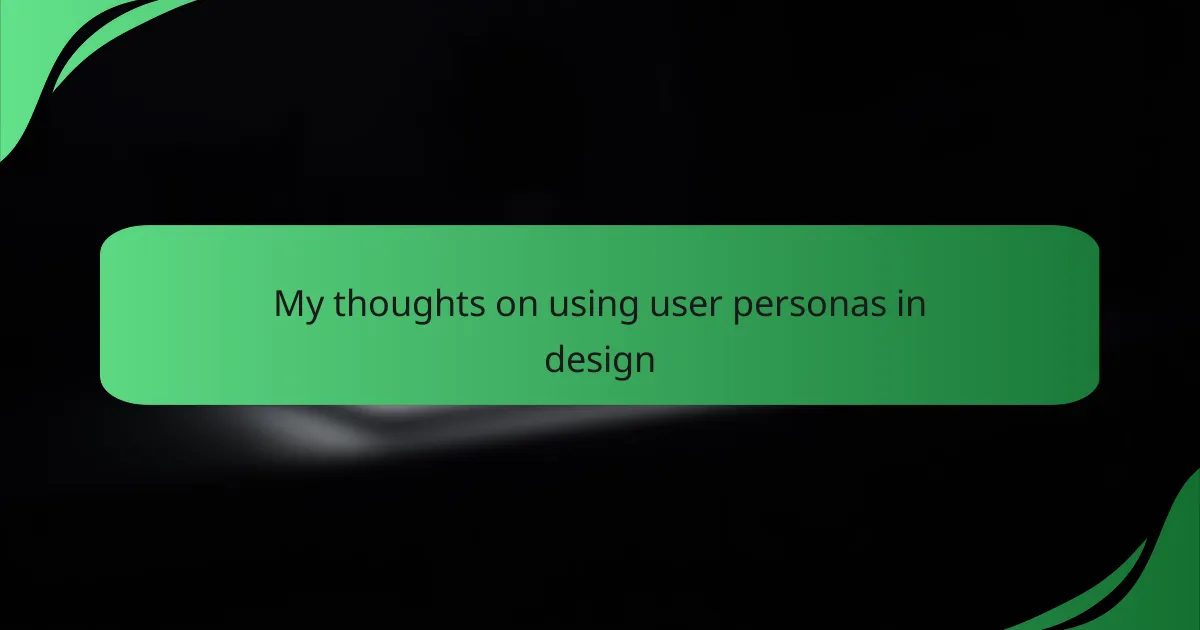Key takeaways A design system enhances consistency, efficiency, scalability, collaboration, and user experience in design projects. Notion provides excellent tools like database tables and templates that simplify the organization and documentation of design systems. Creating a clear hierarchy of information and maintaining comprehensive documentation are vital for effective design systems. Regular updates and team feedback […]
Key takeaways Interaction design focuses on creating user-friendly interfaces that prioritize user satisfaction and intuitive navigation. Effective CTAs guide user behavior and enhance engagement by being clear, emotionally resonant, and strategically placed. Different types of CTAs, such as buttons, text links, and banners, serve varied purposes and should be designed to catch user attention. Analyzing […]
Key takeaways Interface interaction design enhances user experience by understanding behavior and creating intuitive layouts. Effective layout structures guide users through content, improving usability and engagement. Bootstrap simplifies web design with a responsive grid system and pre-designed components, allowing flexibility and creativity. Attention to detail in spacing and alignment significantly improves the visual appeal and […]
Key takeaways Color psychology significantly influences human emotions and behaviors, impacting user engagement in interface design. Warm colors like red and orange can evoke urgency, while cool colors like blue and green foster trust and calmness. Consistency in color palettes enhances brand identity and user recognition, leading to a more effective design. Accessibility is crucial […]
Key takeaways Enhancing clarity, consistency, and responsiveness significantly improves user experience and customer satisfaction on e-commerce platforms like Shopify. Streamlining navigation and optimizing page loading times can lead to reduced cart abandonment and increased sales. Utilizing analytics tools helps identify usability bottlenecks and informs effective design changes. Simple design adjustments, such as clear calls-to-action and […]
Key takeaways Iterative design involves continuous refinement through cycles of prototyping, feedback, and adjustments, ensuring user needs are prioritized. Agile methodology emphasizes collaboration, flexibility, and regular user feedback, promoting meaningful improvements in design projects. User feedback is crucial for understanding real interactions, leading to enhanced product experiences and user loyalty. Embracing failure and fostering open […]
Key takeaways User personas are essential for creating user-centered designs, offering clarity and empathy by representing real user needs and behaviors. Effective personas are based on thorough user research, including motivations and challenges, and should be regularly updated to remain relevant. Incorporating user personas throughout the design process fosters collaboration and ensures that design decisions […]
Key takeaways Interface interaction design focuses on creating engaging, user-friendly interfaces that blend aesthetics and functionality. Prototyping is essential for visualizing ideas, inviting collaboration, and gathering user feedback, which significantly improves design outcomes. Adobe XD offers intuitive tools for creating interactive prototypes, enhancing user experiences with features like auto-animate and real-time collaboration. Effective prototyping requires […]
Key takeaways A/B testing enables data-driven design decisions, enhancing user engagement and satisfaction through informed adjustments. Understanding user behavior and preferences is crucial; user feedback can radically influence design outcomes. Conducting A/B tests involves defining goals, creating variants, running tests, and analyzing results for statistical significance. Small design changes, such as button color and placement, […]
Key takeaways Interface interaction design focuses on creating intuitive user experiences through thoughtful design elements like button placement and color schemes. Documenting processes enhances clarity, consistency, and team collaboration, minimizing misunderstandings and improving efficiency. Notion is a versatile tool for organizing documentation, offering features like databases, templates, and real-time collaboration to streamline workflows. Creating and […]








